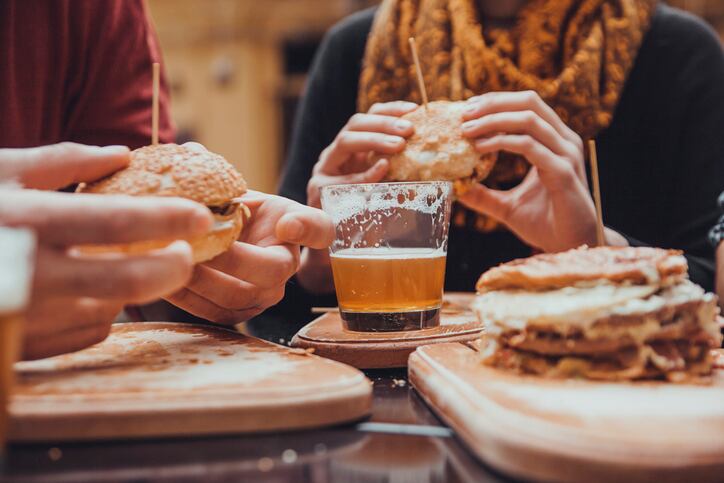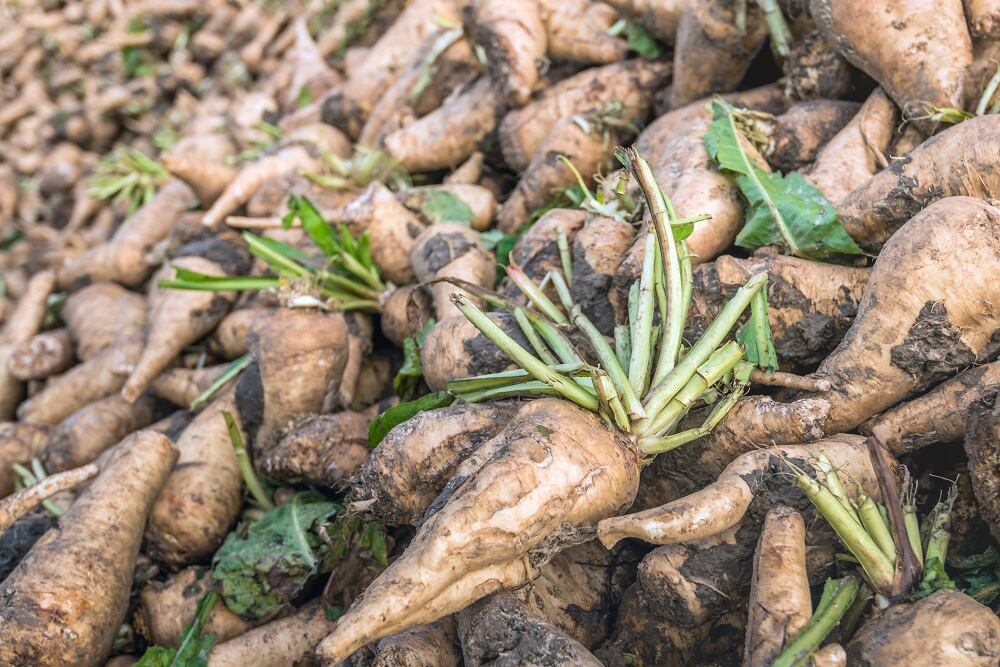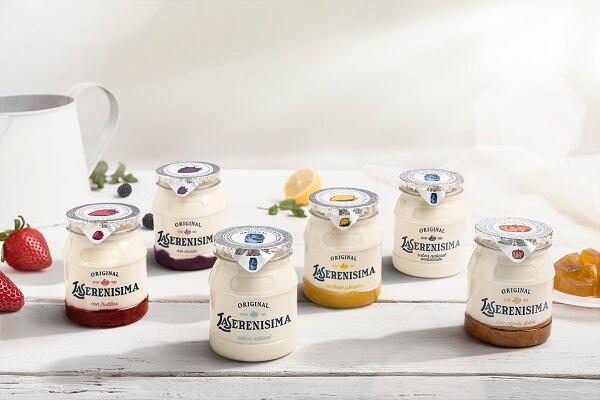Danish bioscience company and ingredient supplier Chr. Hansen began exporting its enzymes to Ecuador almost 100 years ago and today has operations across the continent, including in Colombia, Peru, Brazil Argentina, and Mexico.
Cultures and enzymes for dairy products such as cheese and yogurt still make up the bulk of Chr. Hansen’s business in Latin America. But manufacturers usd them not just to kick start fermentation but to clean up ingredient lists.
Certain bioprotective cultures can reduce the need for preservatives - Chr. Hansen claims that last year its products prevented 400,000 tons of yogurt from going off and being wasted - while other cultures can make foods taste sweeter without adding more sugar or using sweeteners.
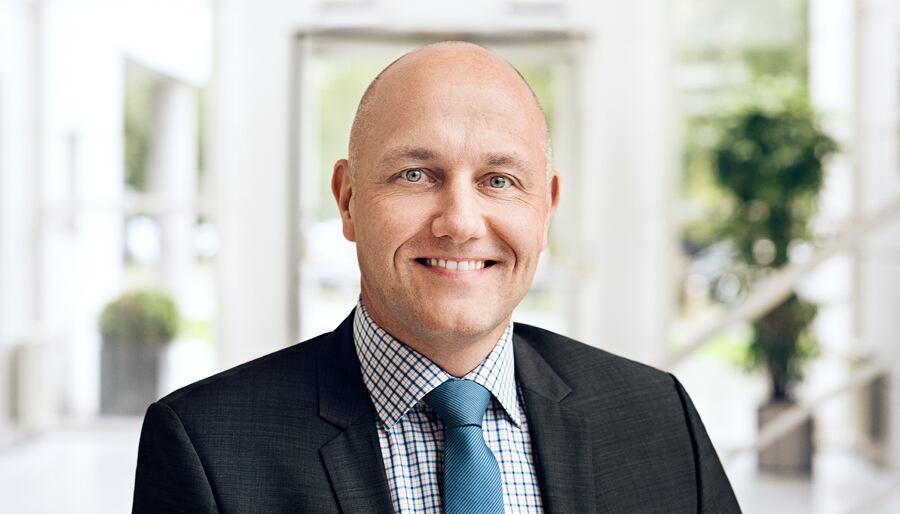
"We have developed a range of very mild yogurt cultures that make the yogurt less sour," vice president of LATAM and APAC, Sten Estrup said. "So in a market with lots of very sugary products, you taste this and think it’s sweet enough. We also combine mild cultures with some enzymes that ‘split’ the lactose in the milk, which actually enhances the natural sweetness of milk. The outcome is you can avoid adding extra sugar.”
Using this combination in a traditional added sugar yogurt can achieve sugar reductions of between 25 and 30% without reducing the perceived sweetness, the company says.
“Foods are definitely sweeter and more sugary in Latin America compared to Europe," said Estrup. "But if you just cut out that sugar immediately, you would have consumers walk away; companies need to do it gradually to allow consumers to adjust their taste buds. That takes time but […] sugar awareness is becoming much more evident and I’m seeing industry take real steps in that direction."
Navigating a fragmented market
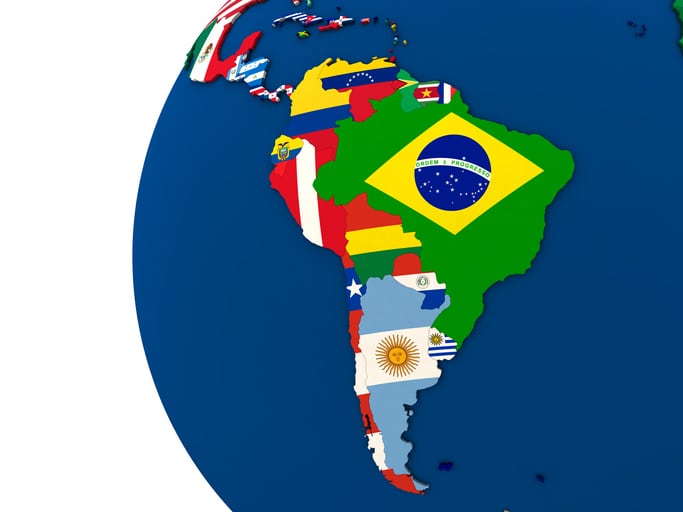
Latin American markets currently represent around 12% of Chr. Hansen's global business.
One challenge of doing business in the region, however, is the fragmented nature of the market. “Approval tends to be done on a per country basis. There are some challenges in getting unity [across] Latin American markets, for not only plant health products but also natural colors and functional cultures, like probiotics.
“So while there’s lots of interest from the industry in having harmonization, we still see the governments have difficulty in agreeing on a common agenda.”
This fragmentation means Chr. Hansen needs to work closely with its customers so their products are compliant in each Latin American country, Estrup said.
“What are the regulations on front-of-pack labeling or the restrictions on marketing? What can be said and what cannot? It is not the same in all Latin American countries. For some of our customers that have pan-LATAM brands, it’s a challenge. We have to work with different formulations [to ensure compliance].
A barrier to clean label
According to Estrup, this lack of harmonization is a barrier to manufacturers’ ability to offer clean label products.
“When you have a limitation on how you can communicate the benefits of your choice of ingredient, it becomes a limiting factor in general," he told FoodNavigator-LATAM. "While the cost-in-use of natural colors is becoming more economical than it was, there is often a small extra cost when switching from synthetic to natural. So the food industry needs to believe there is an extra value to consumers and if they can’t communicate those benefits, then it can be difficult.”
“We understand this as a process and it takes time,” he added.
‘Pioneering’ natural plant health
Meanwhile, a small but growing area for the Copenhagen-headquartered company is crop protection.
“We pioneered in a new area for our business in Latin America [with our] natural plant health products, allowing farmers to avoid using chemical pesticides and
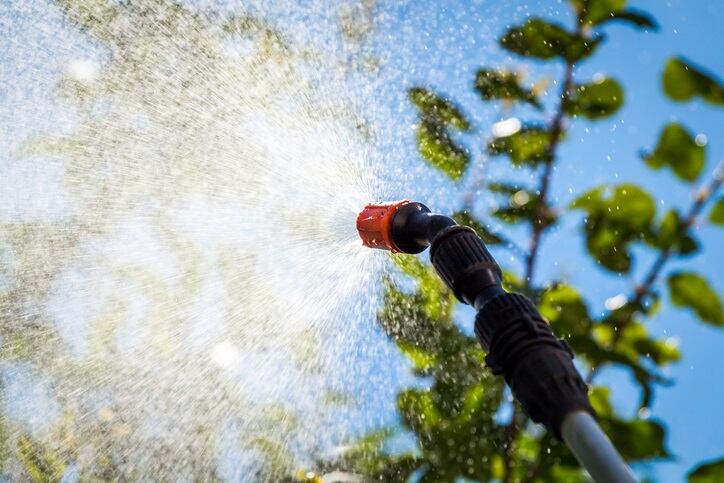
instead use good bacteria to protect plants.
“We started to explore this over five years ago in Brazil and now it’s a clear path of our strategy to be invested from the field of the farm to the table of consumers.”
In its last fiscal year, its natural plant protection products were used to treat almost 7 million hectares of cropland. This may be small compared to Brazil’s total arable cropland – and the country is one of the biggest users of pesticides globally – but Estrup said this part of its business is growing.
Asked what impact Brazil’s pesticide legislation (6299/2002), which proposes loosening restrictions on agro-chemicals, could have on the business, he said: “We are seeing governments around many countries and surprisingly in developing markets take bold moves. I’m not sure what will happen in Brazil because it’s not clear whether it would support us or go against us.
“However, we have just seen the government be supportive of approving our natural plant health solutions much faster than expected so we take that as a sign of regulatory support.”
In any case, Chr. Hansen believes its portfolio of products has longevity because they are in line with the global macro trends for clean labels, clear ingredient lists, and naturally functional ingredients.
While these trends originate in more mature markets, they are penetrating emerging markets because of consumer awareness, regulatory changes and industrialization, he said.


